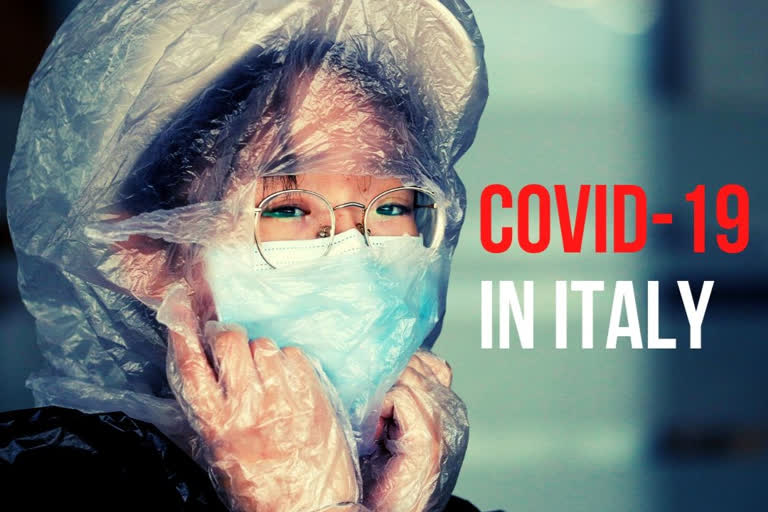Brescia: Three weeks into Italy's coronavirus crisis, Dr. Sergio Cattaneo has seen an unused ward outfitted into an intensive care unit in six days, a hospital laundry room converted into a giant stretcher-filled waiting room and a tented field hospital erected outside to test possible new virus patients.
But Cattaneo, head of anesthesiology and intensive care at the public hospital in Brescia in northern Italy, still can't get his head around the curve the upward slope of new infections in Italy that tracks almost exactly the trajectory of cases in Wuhan, China, where the global pandemic began three months ago.
"What is shocking something we had not been able to forecast and brought us to our knees is the quickness the epidemic spreads," Cattaneo said. "If the spreading of this epidemic is not put under control, it will bring all hospitals to their knees."
Cattaneo's new ICU added six more beds to the hospital's capacity, bringing to 42 the number of ICU beds dedicated to the virus.
Across the Lombardy region, local authorities are pushing ahead with plans to build a 400-bed ICU field hospital at the Milan fairgrounds, even though the civil protection agency has warned that it doesn't have the ventilators or personnel to staff it, and that time is running out.
"The secret has been and this should be a strong message for foreign countries to act early on this, to avoid like in our case having to chase after it day after day," Cattaneo said.
Brescia, an industrial city of nearly 2,00,000 east of Milan and the capital of a province of 1.2 million, is second only to nearby Bergamo in positive cases in Lombardy, the epicenter of the pandemic in Europe.
Read more:How vaccines work against COVID-19
For the past two days, Brescia outpaced Bergamo in the number of new infections, on Tuesday adding another 382 positive tests for a total of 3,300 and suggesting that it is becoming Lombardy's hottest hot spot.
Indeed, seven of Brescia's deaths this week were among residents of the same nursing home in Barbariga, where another eight elderly people tested positive, local media reported. While many people suffer relatively mild symptoms from the virus, the mortality rate in Italy in people over 80 is 22 percent, according to statistics from the National Institutes of Health.
By Tuesday, Italy recorded 31,506 positive cases and 2,503 deaths, more than anywhere outside China.
It has been a race against time for Lombardy to add more ICU beds than the patients who need them, not an easy task given that 10 percent of all Italy's infected require ICU admission, primarily for respiratory help.
Nearly all admitted patients have interstitial pneumonia, a disease in which the lace-like tissue of the lungs' alveoli become inflamed, leading to progressive respiratory failure, according to Giovanna Perone, director of Brescia's emergency services.
